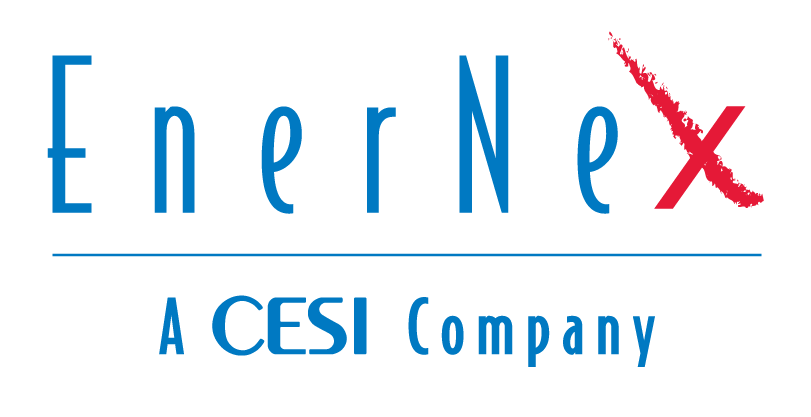_______________________________________________________________________________________________________________________
Introduction
The electric power industry is undergoing a transformative era, driven by digitalization, renewable energy integration, and increasing consumer demand. Central to this transformation is the ability to manage, analyze, and make sense of the immense volumes of data generated from the Grid. Standards like the International Electrotechnical Commission’s Common Information Model (IEC CIM) and MultiSpeak have long served as vital frameworks for data interoperability. With the advent of artificial intelligence (AI), these standards are poised to unlock even greater potential, enabling utilities to elevate their data sense-making capabilities to new heights.
The Role of IEC CIM and MultiSpeak in Data Interoperability
Data is the lifeblood of modern utilities, but without standardized approaches to handling it, data often exists in silos, incompatible with systems and difficult to utilize effectively. This is where IEC CIM and MultiSpeak play pivotal roles:
· IEC CIM provides a unified data model for utility operations, enabling seamless communication between systems across the enterprise.
· MultiSpeak, tailored to the needs of smaller utilities, offers a lightweight, standardized approach for data exchange in distribution system operations.
These standards create a common language for complex datasets, ensuring consistency, accuracy, and interoperability—critical foundations for any AI-driven initiative. Without these frameworks, utilities risk falling victim to the classic “garbage in, garbage out” (GIGO) problem, where flawed or fragmented data undermines the effectiveness of AI solutions
AI-Driven Applications for Electric Power Utilities
Building on the robust data infrastructure provided by IEC CIM and MultiSpeak, AI can revolutionize utilities’ ability to manage the grid. Here are some ways AI can enhance operations:
1. Diagnosing Issues on the Grid: AI systems can process vast quantities of real-time sensor data to identify anomalies and pinpoint faults on the Grid. By leveraging data harmonized through CIM and MultiSpeak, these tools ensure accurate and timely diagnoses.
2. Pre-Emptive Problem Identification: Predictive analytics powered by AI can analyze historical and live data to identify patterns that indicate potential equipment failures or system vulnerabilities. Utilities can then take proactive measures to address these issues before they escalate.
3. Outage Post-Mortems: AI can automate the analysis of outage events, providing detailed post-mortem reports that help utilities understand root causes and devise strategies to prevent future occurrences. Data consistency from CIM and MultiSpeak ensures these analyses are comprehensive and actionable.
4. Pattern Recognition for Improvement: AI excels at recognizing patterns in large datasets, uncovering inefficiencies or trends that might elude human analysis. For example, machine learning models can identify areas where grid modernization efforts would yield the highest returns or recommend adjustments to enhance renewable energy integration.
Standards as the Platform for AI Excellence
The success of AI in the utility sector hinges on the quality of the data it consumes. CIM and MultiSpeak provide a critical advantage by standardizing and contextualizing data, creating a solid foundation for AI algorithms to deliver meaningful insights. Utilities equipped with these standards can:
· Accelerate AI Deployment: Pre-standardized data reduces the time and cost of preparing datasets for AI projects.
· Improve Accuracy: Consistent data formats and definitions enhance the reliability of AI-driven predictions and analyses.
· Enhance Collaboration: Shared data models foster collaboration between utilities, vendors, and researchers, accelerating innovation across the industry.
The Road Ahead
As utilities continue their journey toward a smarter grid, the combination of AI and data standards like IEC CIM and MultiSpeak will play a central role. These tools enable utilities to move from reactive to proactive management, ensuring resilient, efficient, and sustainable operations. By embracing this synergy, the industry can unlock unprecedented opportunities to serve consumers, integrate renewables, and achieve ambitious decarbonization goals.
Artificial intelligence and machine learning are pivotal in creating a sustainable, resilient, and secure electric grid. When combined with CIM and MultiSpeak, they form a robust foundation that empowers utilities to address future challenges and seize new opportunities with confidence.
Interested in having a conversation on leveraging AI for your Utility? Let’s shape the future of energy together. Contact us at info@enernex.com and solve energy challenges with experts by your side!
________________________________________________________________________________________________________________________
Contact the Author


